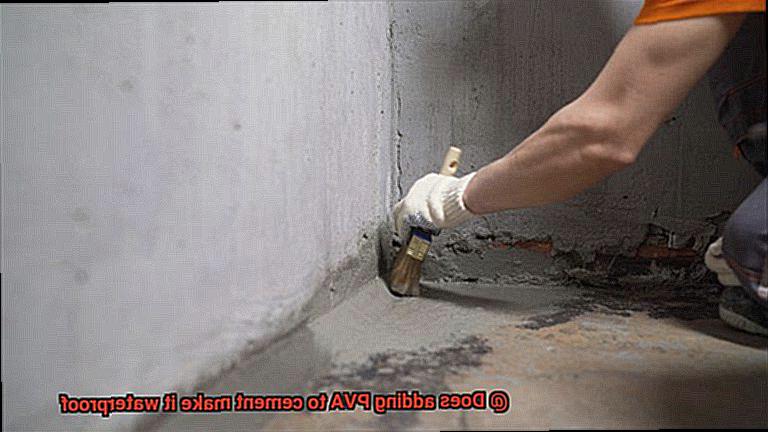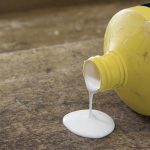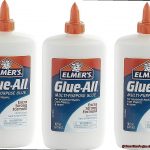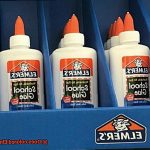Are you fed up with water damage wreaking havoc on your cement structures? Do you dread rainy days because of leaks, seepages, and puddles forming around your house? If so, you’ve probably heard about adding Polyvinyl acetate (PVA) to cement as a solution. But does it really make it waterproof?
Cement is known for its durability, but it can be porous and prone to water damage. To be considered waterproof, a material must repel water to the point that it doesn’t absorb it and compromise the structure. While adding PVA to cement does make it more water-resistant, making cement entirely waterproof is more complex than just adding an ingredient.
In this blog post, we’ll dive into the properties of PVA and how it affects cement. We’ll explore whether PVA truly makes cement waterproof and what other factors can impact its waterproofing capabilities. Plus, we’ll discuss alternative methods for achieving waterproof cement structures. So whether you’re a DIY enthusiast or construction pro, buckle up and join us on this exciting exploration.
Does Adding PVA to Cement Make it Waterproof?
Contents
- 1 Does Adding PVA to Cement Make it Waterproof?
- 2 Pros and Cons of Adding PVA to Cement
- 3 What Factors Should be Considered Before Using PVA on Cement?
- 4 Different Methods for Waterproofing Cement with PVA
- 5 Tips for Best Results When Adding PVA to Cement
- 6 Common Mistakes Made When Using PVA on Cement
- 7 Maintenance Tips for Keeping Your Cement Waterproof Longer
- 8 Alternatives to Adding PVA to Cement for Waterproofing
- 9 Conclusion
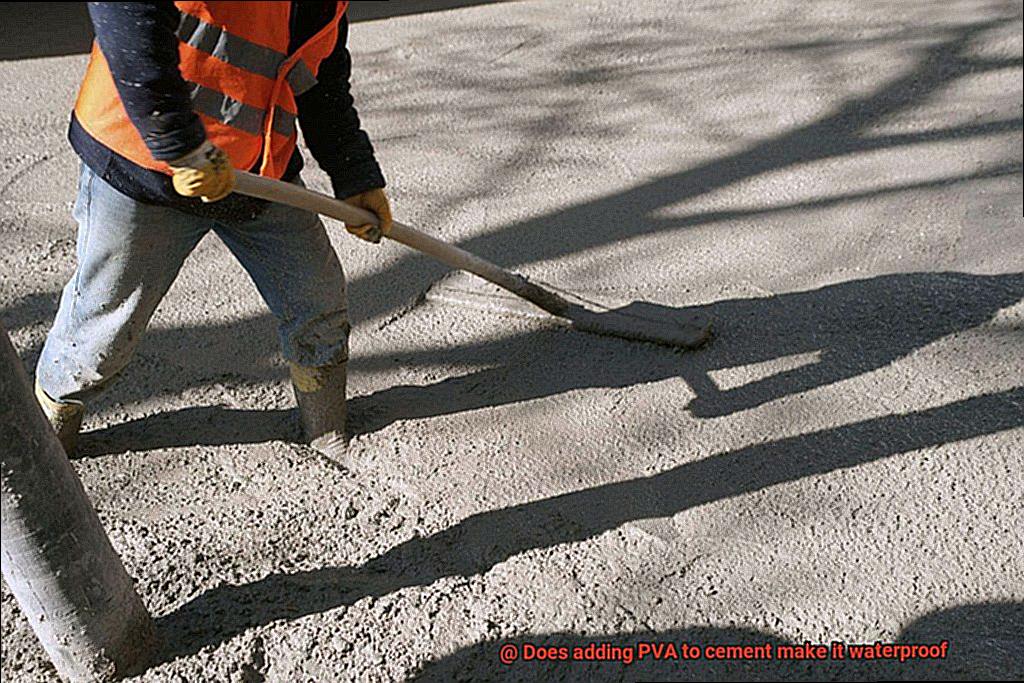
When it comes to adding PVA to cement, the question of whether it makes the mixture waterproof is not a straightforward one. While PVA can certainly improve the water-resistance of cement, it may not be enough to make it truly waterproof. In this article, we’ll delve deeper into the science behind PVA and its effects on cement, exploring both the potential benefits and drawbacks of using this adhesive in your construction projects.
Firstly, let’s take a closer look at what PVA actually is. Short for polyvinyl acetate, PVA is a type of adhesive commonly used in woodworking, paper crafts, and other applications where a strong bond is required. When added to cement, PVA can improve its workability and reduce the risk of cracking by increasing the elasticity of the mixture. However, it’s important to note that PVA does not have the ability to seal pores or prevent water from penetrating the surface of the cement.
This means that while adding PVA to cement may provide some level of water resistance, it cannot make the mixture fully waterproof. To achieve complete waterproofing, additional measures such as using a waterproofing agent or coating the surface with a waterproof sealant would be necessary.
It’s also worth noting that relying solely on PVA to waterproof your cement may not be a long-term solution. Over time, the adhesive may break down and leave the surface vulnerable to moisture. Additionally, PVA may not be effective in situations where there is a high amount of water pressure or exposure to prolonged periods of moisture.
Finally, it’s important to be mindful of how much PVA you’re adding to your cement mixture. While small amounts can improve its strength and workability, excessive amounts can actually have a negative effect on its properties. Too much PVA can weaken the mixture and cause it to become brittle over time. As a general rule of thumb, it’s recommended that no more than 5% of PVA be added to cement by weight.
Pros and Cons of Adding PVA to Cement
While this can have some benefits, it’s important to understand the pros and cons before you take the plunge.
Let’s start with the good news. One of the biggest advantages of adding PVA is that it can vastly improve the workability of your cement mixture. Imagine a smoother, easier-to-apply mixture that makes your project go more smoothly. Sounds great, right? PVA can also increase the adhesion of your mixture to a variety of surfaces, such as wood, metal, and plaster. This can be a game-changer if you’re working on a project that involves multiple materials.
Another benefit of adding PVA is that it can help prevent cracking in your cement. This is because PVA increases the flexibility of the mixture, allowing it to better withstand stress and strain over time. This property is particularly useful if you’re working on a project that will be exposed to changing weather conditions or other environmental factors.
However, there are also some potential downsides to adding PVA to your cement. One of the most significant is that adding too much PVA can actually decrease the strength of your mixture. This means that it may not be as durable or long-lasting as you would like, which could be a problem for certain applications.
Another potential downside is that PVA may not necessarily make your cement mixture fully waterproof. While it can improve adhesion (which can be helpful in some situations), adding too much PVA can actually reduce the water resistance of your mixture. This means that additional measures (such as using a waterproofing agent or sealant) may be necessary to achieve complete waterproofing.
Finally, it’s worth noting that adding PVA can increase the drying time of your cement mixture. While this may not be an issue for all applications, it’s something to keep in mind if you’re working on a tight timeline.
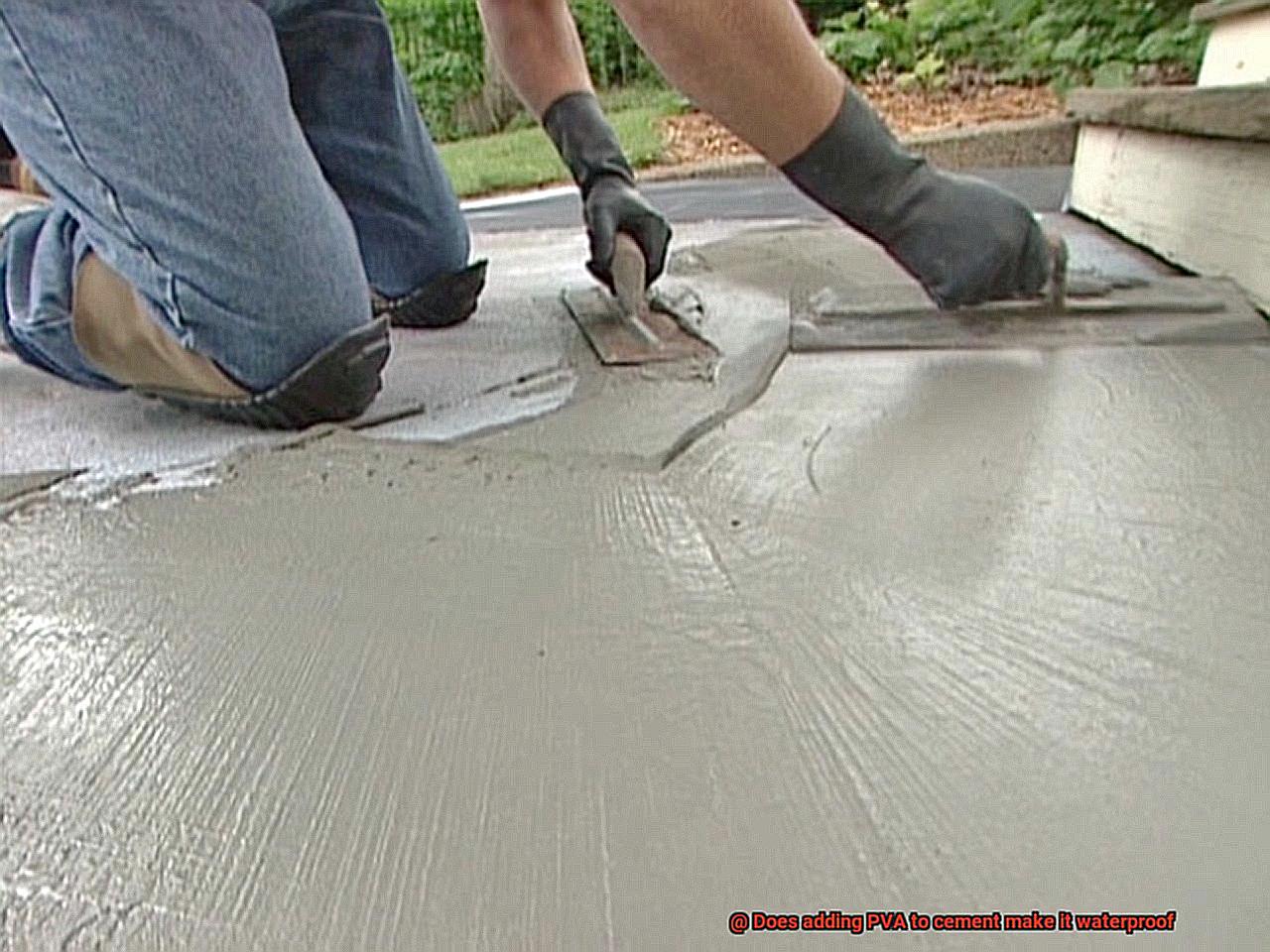
What Factors Should be Considered Before Using PVA on Cement?
Adding PVA may be the solution you need. However, before you begin, it’s essential to consider the following factors.
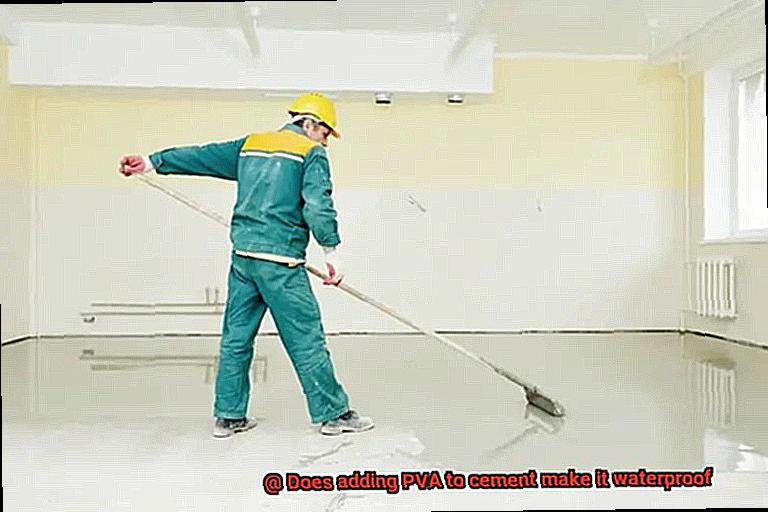
Firstly, understand the purpose of adding PVA to cement. PVA is a water-soluble polymer that acts as an adhesive, improving bonding and strength. However, it’s important to note that PVA does not make cement waterproof. To achieve complete waterproofing, specialized sealants or coatings may be necessary.
Secondly, the ratio of PVA to cement must be considered. Adding too much PVA can weaken the cement, causing it to crack or break over time. To prevent this, follow the manufacturer’s instructions closely and use the recommended amount of PVA for your specific application.
Thirdly, consider the type of cement you’re using. Some kinds of cement are more suitable for use with PVA than others. For example, Portland cement is often used in combination with PVA for bonding applications and concrete repairs.
Lastly, properly prepare the surface before applying PVA and cement. Ensure that it is clean and free from debris or loose material. If the surface has been previously painted or sealed, it may need to be sanded or stripped before applying PVA and cement.
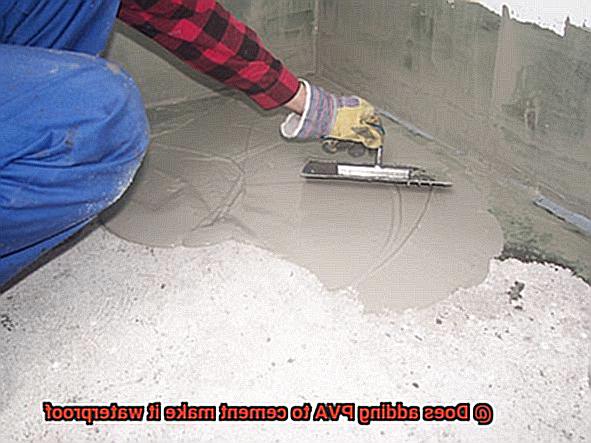
Different Methods for Waterproofing Cement with PVA
PVA glue may be the solution. However, it’s important to understand the different methods for waterproofing cement with PVA. Here are some key points to keep in mind:
- Creating a Thin Layer: One approach involves mixing PVA glue with water and applying it directly to the surface of the cement. This creates a thin layer that helps prevent water penetration. While this method can be effective, it may require repeated applications to maintain its effectiveness.
- Mixing PVA with Cement: Another method is to add PVA glue directly to the cement mix before application. This can improve overall water resistance and durability. However, it’s crucial to follow the manufacturer’s instructions carefully, as adding too much PVA can actually weaken the concrete.
- Specialized Products: For those who want a more specialized solution, there are PVA-based products designed specifically for waterproofing cement. These products offer greater protection than standard PVA glue, but they can be more expensive.
- Consider Other Materials: It’s important to note that PVA may not always be the best choice for every application. Depending on your specific needs, other waterproofing materials such as silicone or epoxy may be more appropriate. Before making a decision, consult with a professional who can help you determine the best course of action.
Tips for Best Results When Adding PVA to Cement
When it comes to adding PVA to cement for waterproofing purposes, there are several tips and tricks that can help you achieve the best results possible.
Firstly, it’s crucial to mix the PVA with the cement thoroughly. This will ensure that the PVA is evenly distributed throughout the mixture and will lead to a more consistent result. You can do this by adding the PVA to the cement and mixing it together with a trowel or using a mechanical mixer. However, be careful not to over-mix as this can cause air bubbles to form in the mixture.
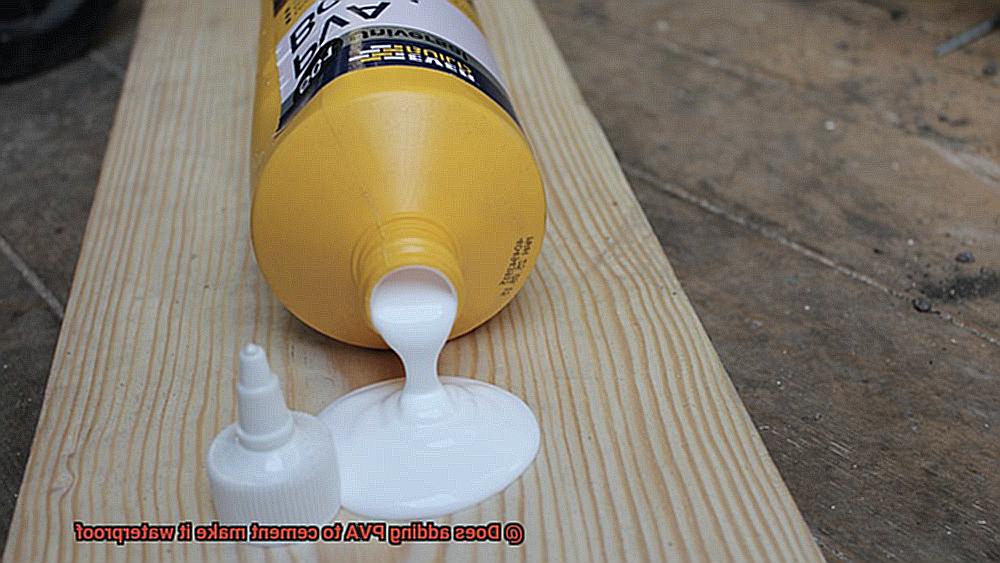
Secondly, it’s important to use the right ratio of PVA to cement. The general rule of thumb is around 10% PVA to cement by weight, but this can vary depending on your specific project. It’s essential to do some research and testing beforehand to determine the right ratio for your application. Using too much or too little PVA can affect the final product’s strength and waterproofing properties.
In addition, using a high-quality PVA adhesive is crucial for achieving effective waterproofing. Cheaper adhesives may not provide the same level of protection against water damage and could lead to a weaker final product. It’s recommended to use a PVA adhesive specifically designed for waterproofing.
Another important tip is to use a waterproofing agent in addition to the PVA adhesive. A liquid additive or a waterproofing membrane can do the job. Adding this agent before the PVA adhesive can help further increase the waterproofing properties of your mixture.
Lastly, proper curing procedures are crucial after adding PVA to cement. This means allowing enough time for the mixture to dry and cure completely before exposing it to any water or other elements. This will help ensure that the waterproofing properties of the PVA are fully activated and will provide long-lasting protection for your project. Depending on the thickness of the layer and weather conditions, curing can take several days.
Common Mistakes Made When Using PVA on Cement
Then, it’s essential to avoid the common mistakes that most people make. As an expert in this field, I’m here to guide you on how to achieve optimal results and create a strong and durable finish.
One of the most common mistakes made when using PVA on cement is not using the correct ratio of glue to water. It’s crucial to follow the instructions on the PVA bottle carefully and mix the glue with water in the correct proportions. Adding too much or too little PVA can adversely affect the strength and durability of the cement. Therefore, use a reliable measuring tool to ensure that you’re adding the right amount.
Another mistake that people make is applying too much PVA on the surface of the cement. While PVA can improve adhesion, applying too much glue can weaken its strength. To avoid this, apply a thin and even layer of PVA onto the surface of the cement and allow it to dry completely before applying any additional layers.
Not allowing enough time for the PVA to dry before applying cement is another frequently made mistake. It’s best to wait until the PVA has dried completely before applying any cement or mortar. This will ensure that the cement adheres correctly to the surface, preventing cracking or peeling.
Using expired or old PVA is also a mistake that can lead to problems when using it on cement. Expired glue may not work as effectively as fresh glue, which can affect the overall strength and durability of the cement. Therefore, check the expiration date and use fresh glue for optimal results.
Maintenance Tips for Keeping Your Cement Waterproof Longer
Cement is an essential component in many construction projects, and it is crucial to keep it waterproof to ensure its durability. To maintain the waterproofing of cement, it’s important to follow some maintenance tips. Let’s take a closer look at some of these tips.
Clean the Surface Regularly:
Cleaning the surface regularly is one of the most effective ways to maintain the waterproofing of cement. Dirt, dust, and other debris can accumulate on the surface, which can cause water to seep into the cement. Therefore, it is recommended that you clean the surface at least once a month to remove any dirt or debris that may have accumulated. This will not only help to keep your cement waterproof but also improve its overall appearance.
Use Water-Repellent Sealers:
Water-repellent sealers are specially designed to prevent water from penetrating the surface of the cement. They work by creating a barrier on the surface, which prevents water from seeping into the cement. These sealers are available in both spray and brush-on forms and can be applied easily. By using water-repellent sealers, you can significantly improve the waterproofing of your cement.
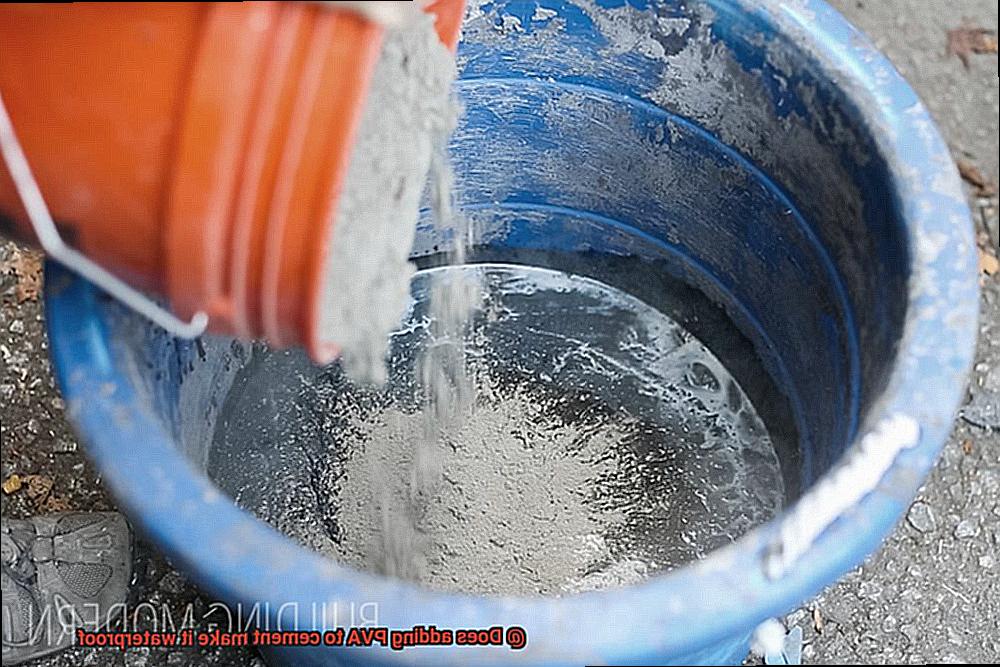
Repair Cracks Immediately:
Cracks in the cement can allow water to seep in and damage the structure. Therefore, it is important to repair any cracks as soon as they appear. You can use a cement-based filler or epoxy resin to fill the cracks and prevent water from seeping in. By repairing cracks immediately, you can prevent further damage and extend the lifespan of your cement.
Ensure Proper Drainage:
Proper drainage is essential for maintaining the waterproofing of cement. If there is standing water around the structure, it can cause damage to the cement over time. Therefore, it is important to ensure that there is proper drainage around the structure, so that water can flow away from it. This will not only help to maintain the waterproofing of cement but also prevent other water-related damage.
Use PVA Admixtures:
PVA admixtures are commonly used in cement mixes as they provide excellent bonding strength and improve the workability of the mix. They can also improve the waterproofing properties of the cement by reducing its permeability. However, it is important to note that adding PVA to cement does not make it completely waterproof. It only improves its water resistance properties to some extent. By using PVA admixtures in your cement mixes, you can significantly improve the waterproofing of your cement.
Alternatives to Adding PVA to Cement for Waterproofing
When it comes to waterproofing cement, PVA admixtures are a well-known solution. However, there are alternative methods that can be just as effective, if not more so, without the use of PVA. Let’s explore some of these alternatives.
Crystalline waterproofing agents are a great option for those looking for a long-lasting effect and self-healing properties if cracks occur. These agents work by penetrating the concrete and forming crystals that block water from passing through. They can be applied during the mixing phase or as a surface treatment after the concrete has cured. Some advantages of this method include its ability to penetrate deeply into the concrete and its durability.
Another alternative is the use of water-repellent admixtures, such as silicone, acrylics, and stearates. These admixtures form a hydrophobic layer around the cement particles, preventing water from entering. They also improve the durability and strength of the concrete. This method is particularly useful when dealing with structures that require long-term waterproofing.
Integral waterproofing systems involve adding specially formulated chemicals to the mix that react with the cement to create a waterproof barrier. This method provides long-lasting protection against water penetration and does not require any additional surface treatments. It’s an ideal solution for large concrete structures that require a high level of waterproofing.
ToCCGLT3uGc” >
Conclusion
In summary, while incorporating PVA into cement can enhance its water-resistance, it may not suffice to render it entirely waterproof. Cement’s strength is undeniable, but its porous nature makes it susceptible to water damage. To attain comprehensive waterproofing, employing supplementary methods like a waterproofing agent or coating the surface with a waterproof sealant would be necessary. It’s also imperative to take into account the type of cement being used, the ratio of PVA to cement, and proper surface preparation before applying PVA.
Adding PVA to cement has its advantages, such as improving workability and reducing cracking. However, it also comes with potential drawbacks like decreased strength and reduced water resistance if too much PVA is added. It’s crucial to adhere strictly to manufacturer instructions and utilize high-quality PVA adhesives specifically designed for waterproofing.
Other alternatives to adding PVA include crystalline waterproofing agents, water-repellent admixtures, and integral waterproofing systems. Proper maintenance tips like regular surface cleaning, prompt crack repairs, ensuring proper drainage, and using PVA admixtures can help sustain the waterproofing of cement structures.

